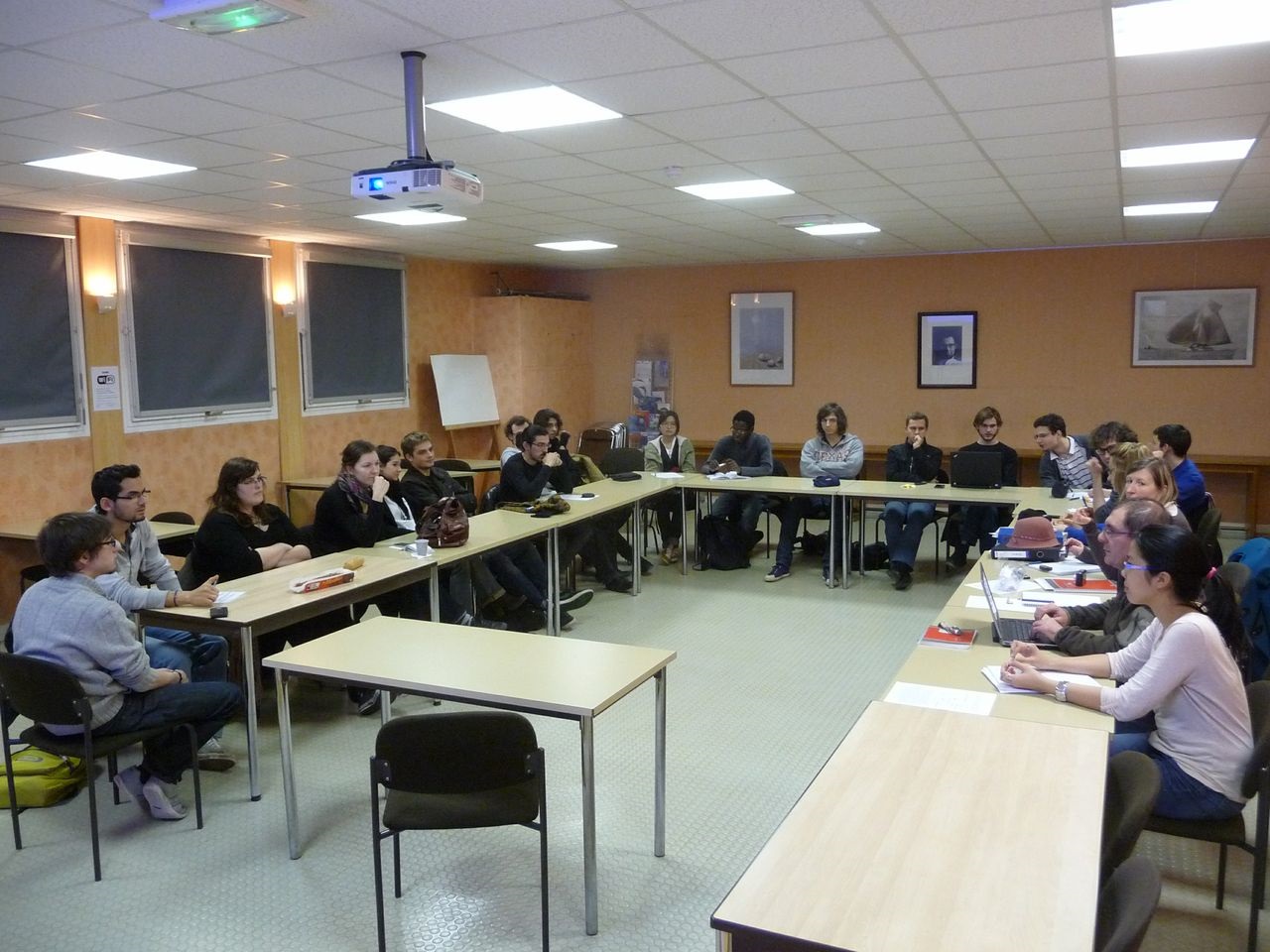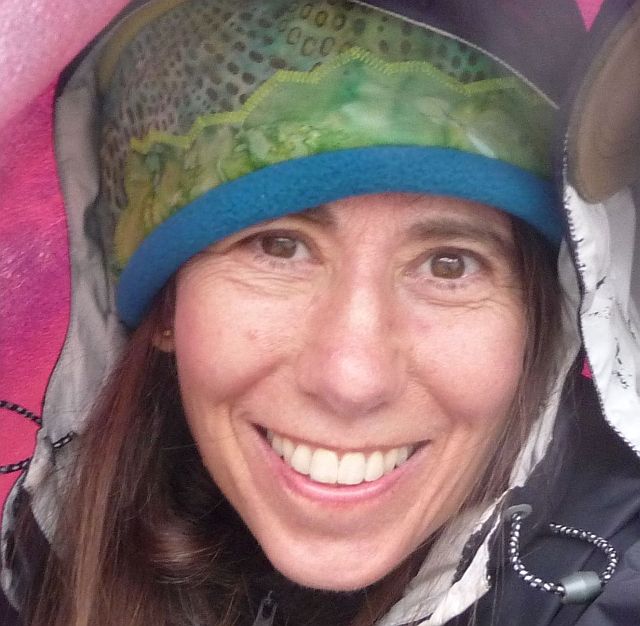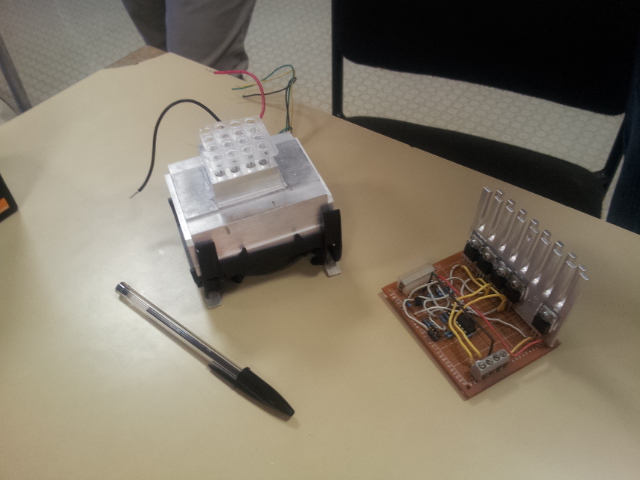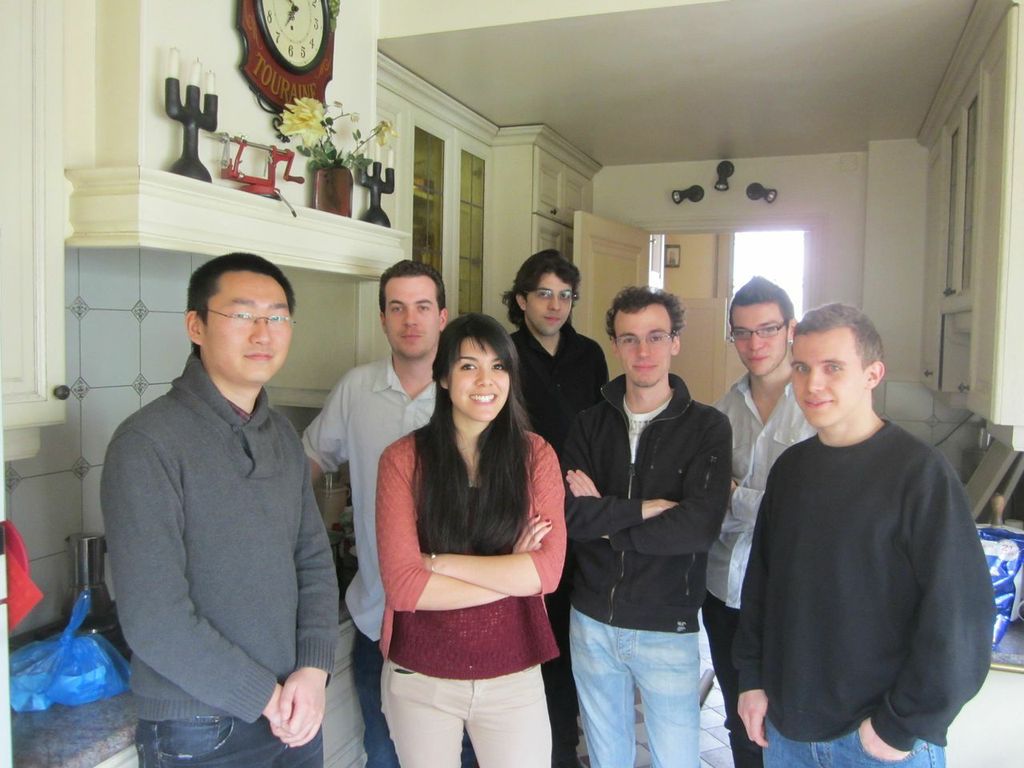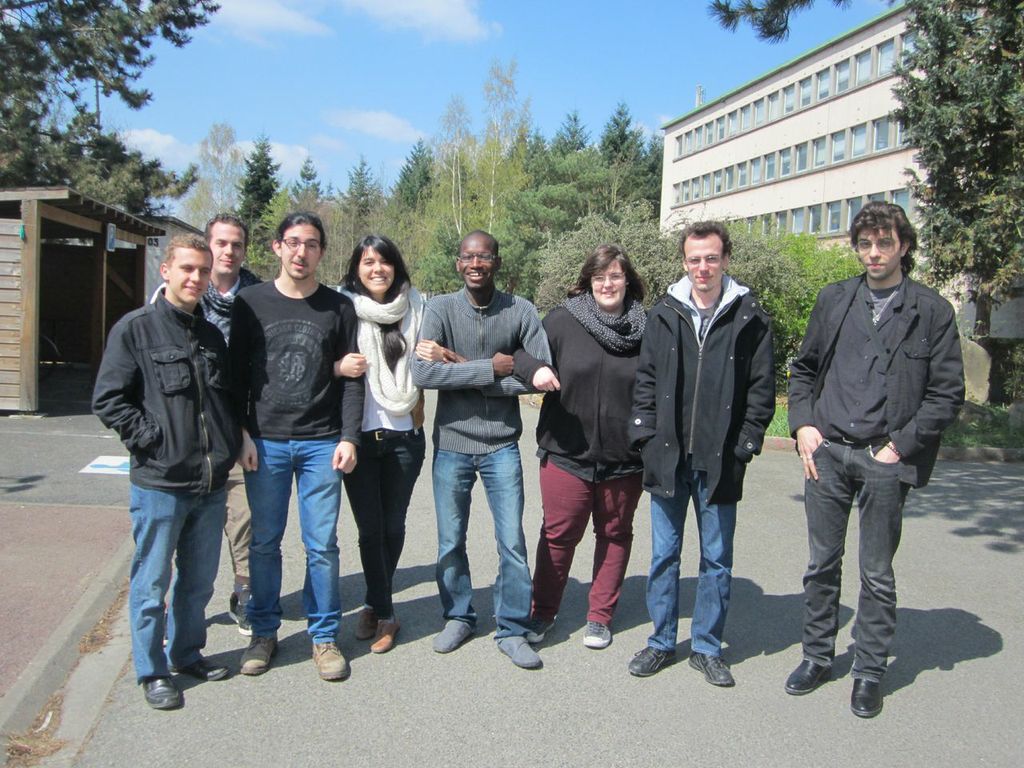Team:Paris Saclay/Open source
From 2013.igem.org
Contents |
Reflection on the Open Source concept
As part of our reflection on our participation to the iGEM competition and on the future of synthetic biology, we decided to work on the Open Source concept and on its impact in our society. Our work was divided in three parts.
- Discussion about the open source concept during small meetings we organised
- Interview of Ellen Jorgensen (co-founder and president of Genspace) about her views regarding open source in biology
- Development of a new open source PCR thermal cycle project.
Reflections on the Open Source concept
We organized meetings in which two or three of us presented a specific aspect of Open Source: what is open source, what is the place of the open source synbio in our economy, what comparison we can make between computer science and synbiology, what are the risks of biohacking.... After each presentation we debated, and we hightlighted the important questions we wanted to broach. A report on the different meetings we had is available here: OPEN SOURCE REFLECTION.
Interview of Ellen Jorgensen
- Second part : OPEN SOURCE INTERVIEW.
We organized an interview with Ellen Jorgensen (the co-founder and president of Genspace a nonprofit organization dedicated to promoting citizen science and access to biotechnology) about the Open Source.
The Open Source thermal cycler project
- Third part : OPEN SOURCE PCR
Our team decided to develop an open source approach that each team could use, share and improve : the "Damir's PCR". We have create a PCR thermal cycle project, with 30 euros ( = XX dollars) and common tools. The Damir's PCR is the best example of the consequences of the Open Source in synthetic biology : everyone can make it and share it. The goal of this novel approach is to share with other teams the Damir's PCR and use it like a basic tool that can be improved.
Photos of our meetings and of the human practice team:
Writing by Caroline and Damir
 "
"
